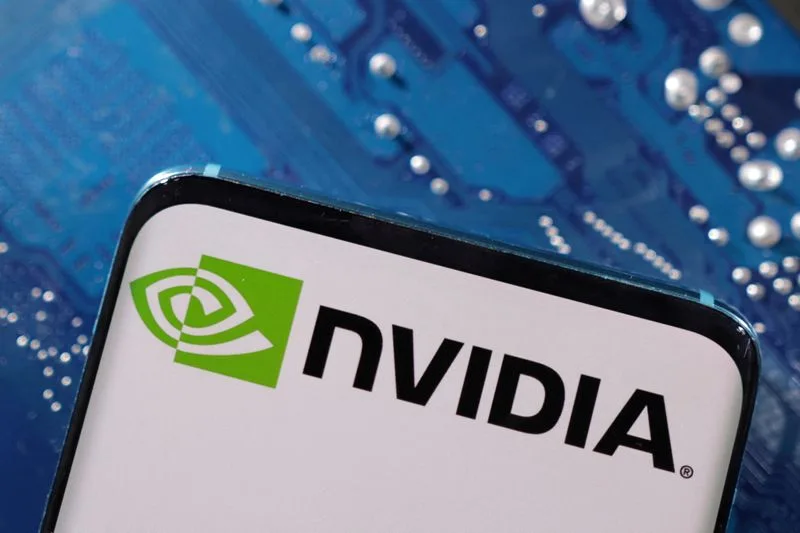If Nvidia’s late-day dip on Wednesday continues into Thursday, it would fall significantly short of the 11% price swing anticipated by the options market, as per data from options analytics firm ORATS.
The company’s recent performance, driven by surging demand for its AI chips, has consistently exceeded consensus analyst estimates for several quarters. This trend has led investors to expect increasingly higher margins by which Nvidia would surpass forecasts.
However, Nvidia’s subdued forecasts overshadowed its strong second-quarter revenue and adjusted earnings, as well as the announcement of a $50 billion share buyback.
“They beat expectations, but this was one of those instances where the bar was set incredibly high. I don’t think any number could have satisfied investors,” said JJ Kinahan, CEO of IG North America and president of online broker Tastytrade.
The tepid reaction to Nvidia’s earnings report may influence market sentiment as we approach a historically volatile period. According to CFRA data, the S&P 500 has declined an average of 0.8% in September since World War II, marking it as the worst-performing month.
Investors are also closely monitoring next week’s U.S. employment report for indications of whether the labor market weakness, which unsettled stocks in early August, has improved.
Optimism surrounding AI technology, partly driven by Nvidia’s significant growth, has been a key driver of gains on Wall Street over the past year.
However, confidence in this rally has faltered recently, following an earnings season where investors penalized tech companies whose results did not meet high expectations.
Investors are increasingly worried about the rising expenditures by Microsoft, Alphabet, and other key players vying for dominance in the burgeoning AI technology sector. The stocks of Microsoft and Alphabet have remained depressed since their reports last month.
Nvidia has projected revenue of $32.5 billion, with a margin of error of 2%, for its fiscal third quarter, surpassing analysts’ average estimate of $31.8 billion, as per LSEG data. This revenue forecast suggests an 80% increase compared to the same quarter last year.
The company, based in Santa Clara, California, anticipates an adjusted gross margin of 75%, with a possible variance of 50 basis points, for the third quarter. Analysts, on average, predict a gross margin of 75.5%, according to LSEG data.
Nvidia’s stock declined by 2.1% during Wednesday’s trading session, prior to the report. However, it remains up approximately 150% for 2024, positioning it as the leading performer in Wall Street’s AI sector surge.
Nvidia’s stock was trading at a price-to-earnings ratio of 36 ahead of its quarterly report, which is relatively low compared to its five-year average of 41. In contrast, the S&P 500 is trading at 21 times expected earnings, higher than its five-year average of 18.
(Reported by Noel Randewich in San Francisco; Additional reporting by Saqib Ahmed in New York; Edited by Ira Iosebashvili and Lisa Shumaker)
